But the history of World's Fairs in the United States is far longer and wider. The Long Island Museum of American Art, History & Carriages celebrates its reawakening from a winter's nap -- the Stony Brook museum was closed for budget reasons in January and February -- with a new exhibition, "Centuries of Progress: America's World's Fairs, 1853-1982."
That makes it nearly 30 years since the last world expo on American soil. What caused their demise? Deficits. "Most of them lost money," says Long Island Museum history curator Joshua Ruff. But also, ironically, technology.
A glimpse of the future was a major World's Fair theme. "That's where many Americans were introduced to television and before that, the automobile," says Ruff. Now you can see a World's Fair every day at Disney World's Epcot Center. Or check out Vegas' annual Consumer Electronics Show. Or go online.
 A CHANGING WORLD
A CHANGING WORLD
"The international pavilions used to be the only way most people could see the world in their lifetime," Ruff says. That was before air travel became available to the masses. Now, with gas prices soaring higher than a supersonic, maybe World's Fairs will make a comeback. Meanwhile, the only way to visit is through the past.
"Centuries of Progress" is a mash-up of a traveling show originated by the Hagley Museum and Library in Wilmington, Del., with '39 and '64 artifacts and prints curated by Ruff. The 16 American World's Fairs begin at New York City's Crystal Palace and end at Knoxville, Tenn. "One of the primary focuses is how the fairs influenced technology and consumerism. Marketing was always a big part of these exhibitions," says Ruff. Although today it's hard to think of it as technology, an early Remington typewriter is displayed with dozens of other inventive breakthroughs of their time. New commercial products abounded. Without World's Fairs, we may never have enjoyed Juicy Fruit or Dr Pepper. Ice cream, then generally hand-cranked at home, was broadly popularized by the 1904 St. Louis World's Fair.read more at:http://long-island.newsday.com/going-out/museums/world-s-fairs-live-on-in-stony-brook-exhibit-1.2763284



























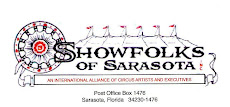
















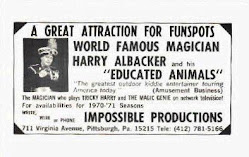

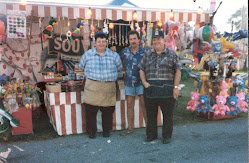




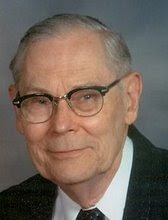
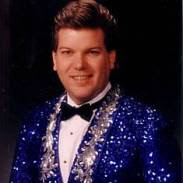






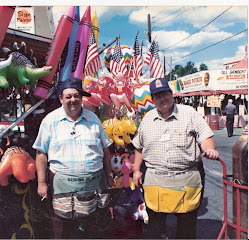
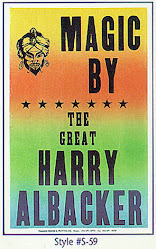















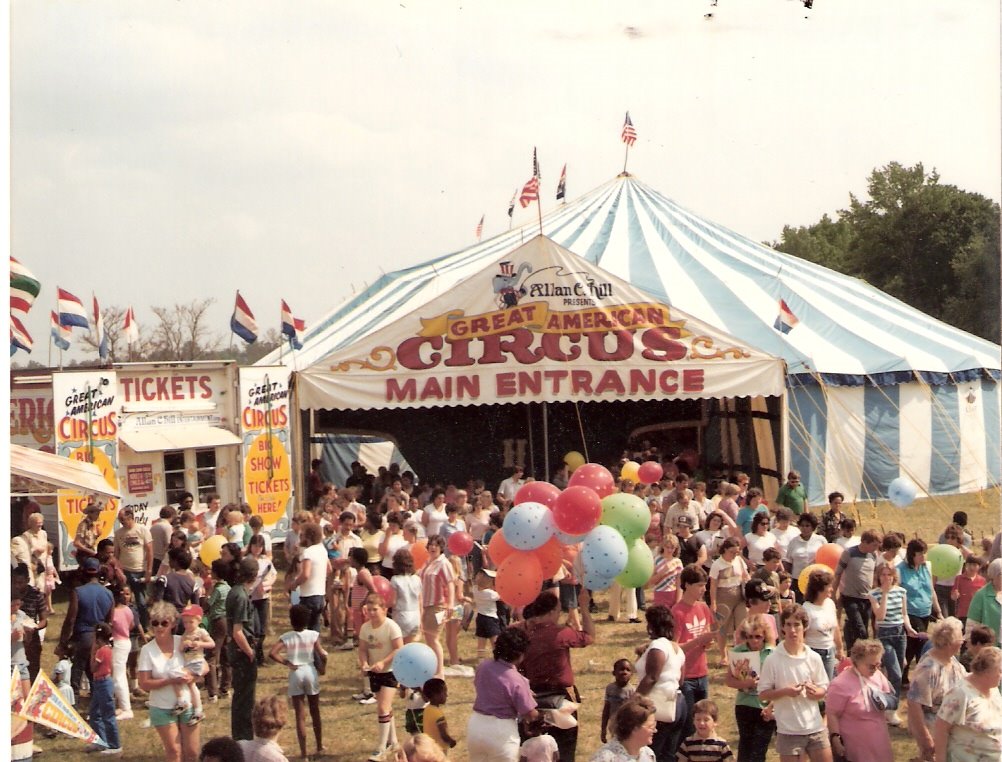









No comments:
Post a Comment